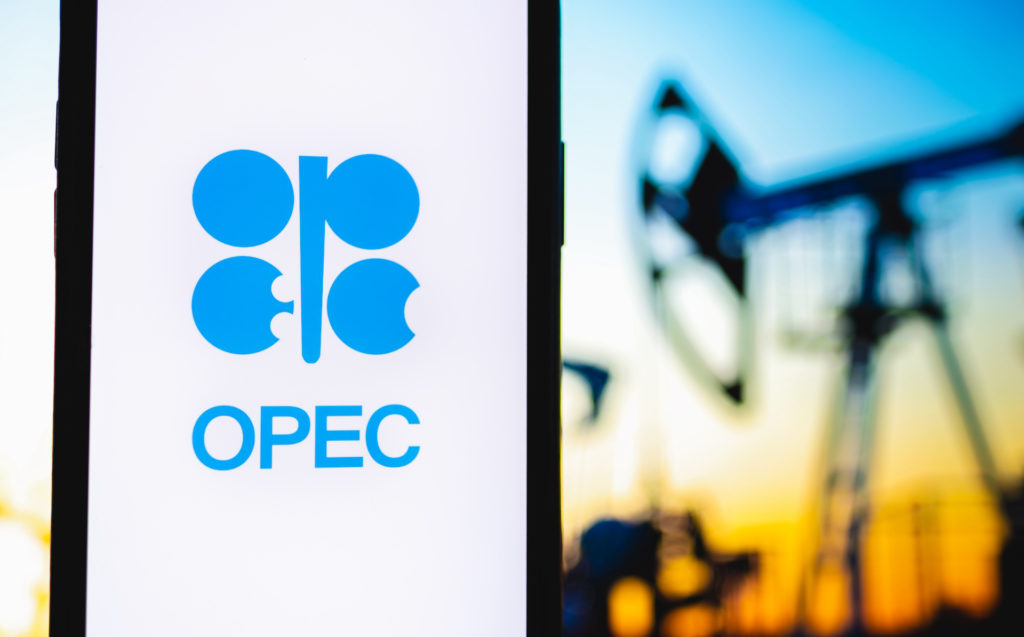
OPEC+ countries have agreed on a deal to boost collective output by 400 kbpd per month until year-end 2022, having aligned on new production baselines to become effective from May 2022 onwards.
Spare production capacity, however, has become something of a rarity amongst OPEC+ countries with only Saudi Arabia, Russia, the UAE, Iraq, and Kuwait wielding genuine prospects of bringing in incremental production, the rest is producing as much as it can.
Whilst on the level of official rhetorics OPEC+ has indicated it would phase out the production curtailments by the end of 2022, rare are those who believe this would happen, primarily owing to a risk of oversupplying a market that even under the most optimistic scenarios would not be able to accommodate 3.8 mbpd of additional crude.
It seems that the news of Saudi Arabia and the UAE ironing out their OPEC+ policy differences could not have come at a worse time for oil markets. The news came against the background of increasing COVID-19 cases globally, triggering concerns that OPEC+ will be bringing production back just at a time when demand would be subdued again. Under the deal, the UAE would see its production baseline hiked by 0.5 mbpd from May 2022 onwards, in return for joining the combined effort to bring back 2mbpd of crude by the end of 2021.
US investment bank Goldman Sachs stated the extension of the OPEC+ deal supports its view on oil prices and present a modest upside to its $80 per barrel summer Brent forecast. Whilst oil prices took a walloping Monday, Goldman did issue a caveat that upcoming weeks should see tangible “gyration” due to risks from rising Delta variant headwinds, Oilprice said.
